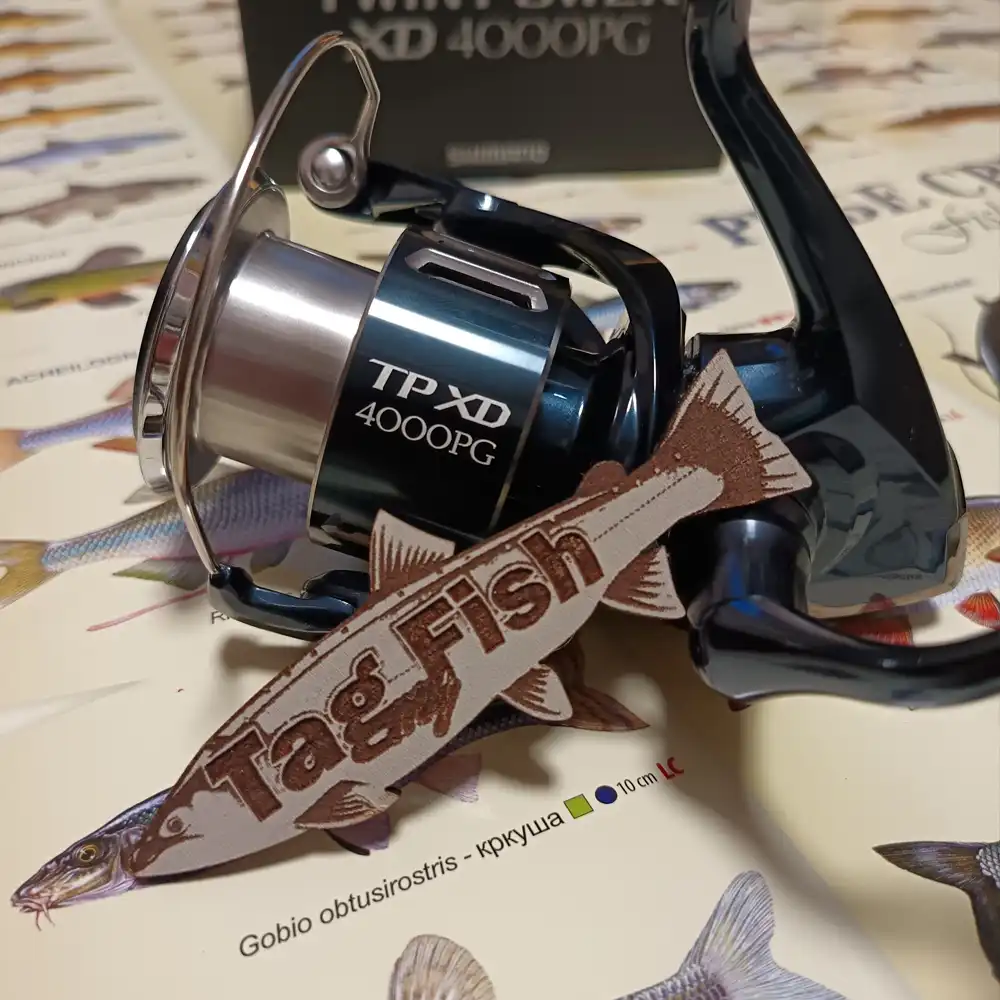Lough Sheelin

General data
- Name: Lough Sheelin
- Water system: Atlantic Ocean
- Water type: Natural lake
- Progression: River Inny (Lough Ree tributary) -> Lough Ree -> Shannon River -> Shannon Estuary -> Atlantic Ocean -> Planet Earth
- Climates: Temperate
- Continents: Europe
- Countries: Republic of Ireland
Lough Sheelin is a limestone freshwater lough (lake) in central Ireland. The lake is a part of the River Inny course, and ultimately of the Shannon system, with max. width 4 km and surface area 19 km2. The lake is naturally populated by brown trout whose native stocks became depleted in the latter half of the 20th century; at peak, there were 100,000 to 120,000 brown trout in the lake. Nutrient loading, notably of phosphorus, originating from intensive agricultural developments upstream caused a progressive enrichment of the water which led to a substantial decrease in the number of trout from the 1970s to the early 2000s. Zebra mussels, an invasive species, were first seen in the lake in 2000 and there followed a huge increase in their population. A state agency, Inland Fisheries Ireland, monitors the water quality, including the level of phosphorus, and in conjunction with local organizations, primarily the Lough Sheelin Trout Preservation Association, it and a predecessor body, the Inland Fisheries Trust, has stocked the lake with farm-reared trout. There is also an abundance of common roach in the lake, and other species present include 3- and 9-spined stickleback, pike, perch, and eels.

 English
English
 Spanish
Spanish
 German
German
 French
French
 Serbian
Serbian
 Russian
Russian

